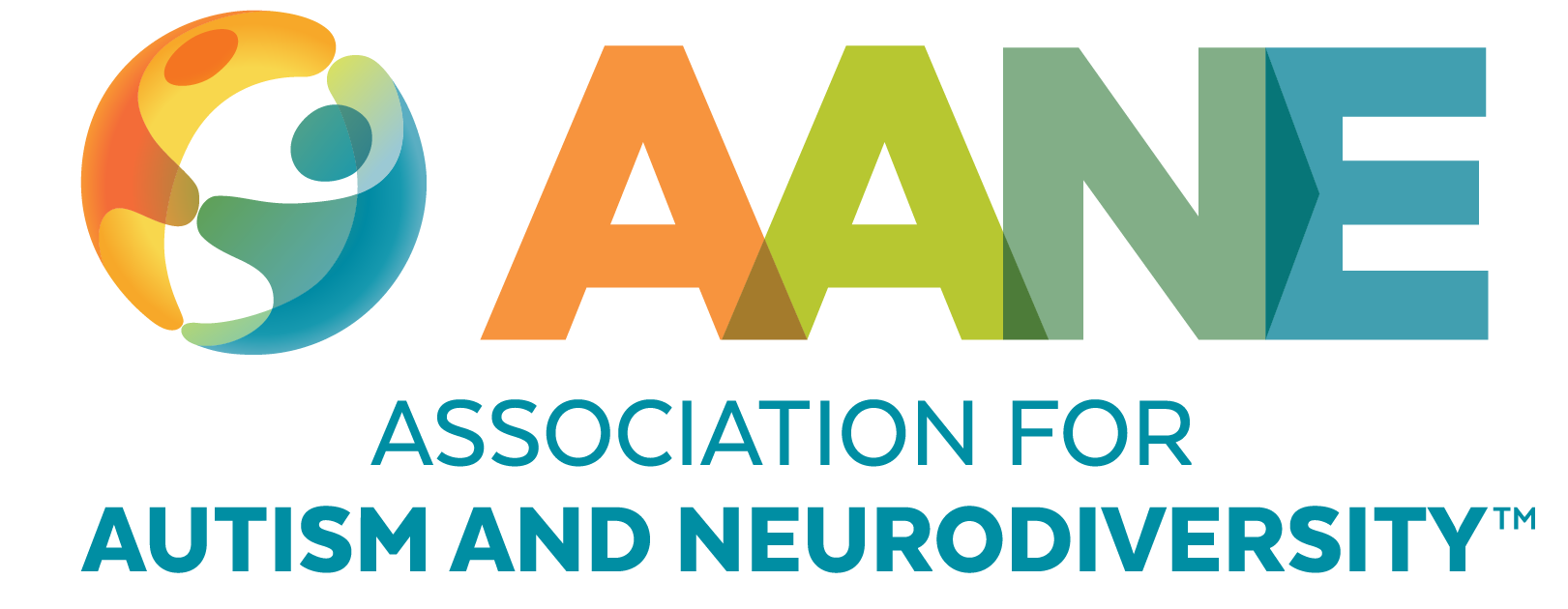
Emotional Regulation: Perspectives from Autistic Adults

Language Note: Over the decades, many different terms have been used to discuss autism. AANE is shifting to identity-first language and the term “Autistic” to describe our community, but we continue to respect each individual’s choice of language to describe their own neurotype. We believe that sharing a wide variety of stories provides invaluable insight into the diverse perspectives and experiences of our community.
Many Autistic individuals discover gaining a deep self-awareness has helped them find ways to manage their emotional regulation. Three Autistic adults share what they have come to understand about their own emotional regulation and the strategies they use to maintain or restore balance.
Finding Emotional Harmony Through Inner Body Awareness
By: Anonymous
First, a little about myself: I am a happily married adult and parent. I discovered I was an Aspie later in life as an adult when I consulted a mental health professional and correlated my life experiences with the right books and the right people around me [1,4].
One thing I have struggled with all my life both consciously and unconsciously at different times is in finding emotional harmony within myself. This lack of balance manifested itself as a lot of external restlessness, lack of focus, and impulsiveness. As a result, sometimes I engaged in various types of self-soothing behaviors ranging from daydreaming/mental fantasizing to writing the same things over and over repetitively every day on a piece of paper all through the day. Somehow this helped me feel better within myself, but I realized this behavior was destructive in many ways in living a fulfilling life both for myself and with others as my attention was withdrawn from people and things around me. While this didn’t matter so much when things were going well, I found myself in utter turmoil when stressful situations appeared in life. Utter turmoil for me involved bursting into tears at times or screaming uncontrollably to be heard in conversations, and the consequence of this was emotional pain and hurt for people around me.
I have been emotionally insecure and constantly in search of external validation for my actions most of my life and have struggled with emotional regulation whenever a situation or interpersonal interaction didn’t go as I expected. Talking to others, attending support groups, and reading literature, I have learned a lot of folks on the autism spectrum struggle with emotional regulation. Over the last few years particularly, I have identified a technique which works better than most for me for some specific reasons. I am still struggling with emotional regulation, but I am a lot better than I used to be many years ago.

I use inner body awareness practices to reach a place of deeper emotional security and harmony within myself, which also has led to better actions in the outside world. I perceive all my emotions as vibrations in my inner body (for example, a buzzing feeling in the chest area or a pulsating feeling which changes according to the type of emotion: anger, anxiety, sadness, uneasiness etc.) I find that if I stay with the felt sensations of these vibrations long enough by withdrawing physically to a quiet place, eventually there is a peace which cannot be described in words and it leads to more responsible handling of similar emotions in the outside world. The main thing to note is I had to stop suppressing or distracting myself when this discomfort arose and instead try to perceive “the physical sensations in the body” as lovingly as possible without getting trapped in the actual intellectual details of the situation causing the discomfort.
The key thing was to distance myself mentally from the situation causing the discomfort temporarily (and return to external resolution later) and stay with just the felt physical sensations till balance was restored. Sometimes I envision a divine mother comforting my agitated energies unconditionally to flow upwards in my inner body as a way of self-nurturing to restore a sense of balance within myself. I adapted these practices in my own way after some readings related to emotional integration [2] and experimenting with it in different ways for a while. I started using this practice in my life actually a year before I discovered that I was autistic though I did not understand what I was doing at that time.
A practice which relied less on the intellect was a godsend to me given my challenges with labeling emotions clearly [3,5]. This practice works better when accompanied with some mindful breath awareness during the day. Breath awareness can be a way of reaching my deeper essence when intellectual faculties are not doing exactly what they should. The hardest part of the journey for me was to accept that it was going to take me more alone time daily to keep myself at even keel and I had to be more self-compassionate on what I could and could not do. I also understood that I would need a combination of many tools throughout my life to reach my full potential. I started to channel my inner body awareness practices to deepen my spiritual seeking as well. In summary a combination of inner body awareness practices accompanied by breath awareness daily with rigor and discipline was my path to realize emotional balance, and I wish you success on your own journey.
References
[3] Autism and working memory – Wikipedia
Winter Swimming and Autism
By: Lucas Antonisse
Emotional regulation has always been a constant challenge for me, but since I was diagnosed with Asperger’s, I started to realize both the “why” of this challenge as well as the importance of actively monitoring my mood. One of the key aspects of this mood regulation has been physical exercise, and even though all kinds of exercise can help, I particularly benefit from a powerful combination of movement and being in nature: all year round and if possible every day, I swim in nature and adding this to my routine has had a tremendously positive effect on my life. Find out more in the video below, but just one warning: always take caution in water and inform yourself properly about (open water) swimming before engaging in it.
Be sure to enable the English subtitles (if not loaded automatically) by pressing on the Subtitles button in the bottom right corner of the YouTube video.
Keeping the Hands Moving
By: Stephanie Birkdale
I don’t know about anyone else, but my hands or fingers are always moving. I could be typing, eating, taking a drink, touching a comforting material, or even knitting!
For me, I think that having my hands or fingers moving has always been a way of expressing and managing my emotions and anxiety. My anxiety is generally high at all times and I tend to worry a lot: sometimes about things that aren’t important, other times about things that are. Sometimes I feel butterflies when I’m nervous or physical pain because all of my muscles are tense. Without moving my hands or fingers, I wouldn’t have a way to “let out” the anxiety when it becomes an issue or a stressor for me.
In the past, if my fingers were moving, it meant I was either typing (working) or eating (snacking). Since I tend to stop working around 5:30 PM, that meant I was snacking from 5:30 PM until I went to bed, which wasn’t healthy for me. Increased weight gain led to increased levels of stress, anxiety, and other negative emotions for me. After many years of this cycle, it eventually occurred to me that if my fingers were doing something other than reaching for food (and if the food wasn’t in reach), then there might be a way to help break the cycle.

One of the first things that I found was knitting. It took me a while to get the hang of knitting, but eventually I learned to love it! Knitting is something that relaxes me. It allows my hands and fingers to be moving (without reaching for food) and it allows my brain to focus on something positive instead of negative thoughts. In those moments of calm, I find that I can focus better, remember good memories, plan for the coming week, and work on other positive behaviors.
Not only is knitting a way for me to self-regulate, but it’s also a great hobby! I recently finished making 5 hats for family members and I’m currently working on a scarf pattern that I’ve never tried before.
Stay Current
Subscribe for AANE weekly emails, monthly news, updates, and more!





